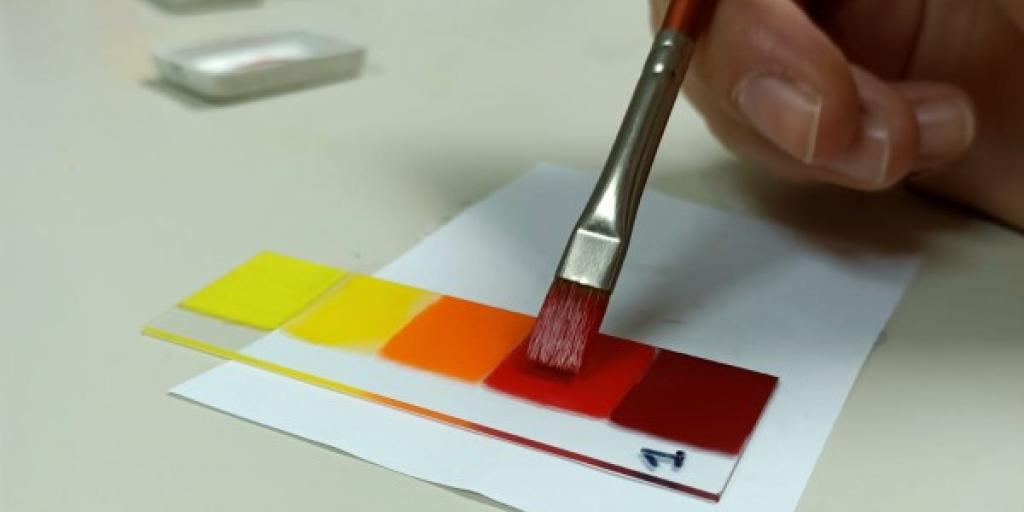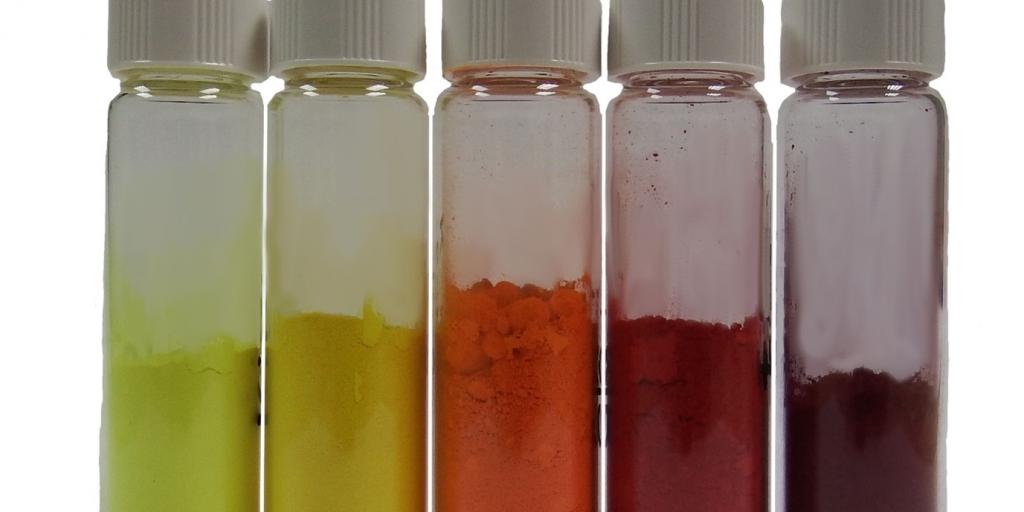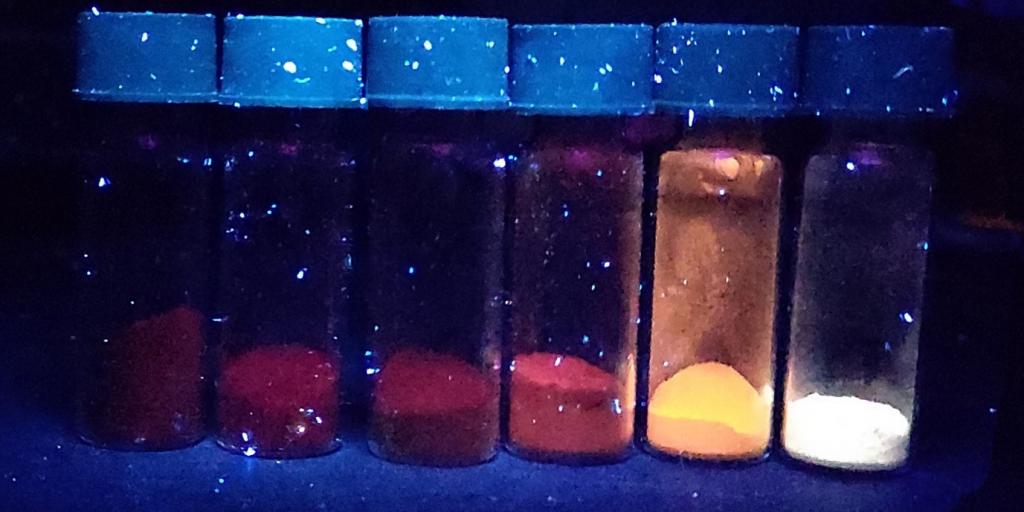Our research (principal investigator Prof. Federico Locardi) focuses on the diagnostic for cultural heritage and the study of artist’s materials, investigating their physical-chemical properties and their behavior upon artificial ageing. It can be divided and summarized in the following topic:
Diagnostic of cultural heritage
A broad array of techniques can be used to identify materials and assess the state of conservation. Amongst the other techniques, the laboratory is equipped with the state – of – the art XRF and colorimeter for in situ analysis. We collaborate with several restoration centers and museums, covering from the prehistorical to the contemporary art.
Historical synthesis reproduction
Following a thorough bibliographic and archival research, ancient and modern times synthesis routes for pigment, dyes and lacquers are reproduced. This allows to infer knowledge on past technologies, subsequently making assumptions on how the foraging of supplies or the quality of the results may have influenced both commercial routes and diffusion of the material, and to better understand the synthesis outcome and future reactivity.
Degradation studies upon artificial ageing
Research activities in this field are projected towards the understanding of the intrinsic (binder – pigment interaction) and environmental (light, UV exposure, relative humidity, temperature) factors that control the reaction processes happening during degradation. Ageing can result in chromatic variations, loss of cohesion, efflorescence. Understanding the reactivity of paint films or frescoes is in fact a key factor to evaluate the potential evolution of the alterations through time and to propose new adapted conservation strategies. Besides instrumental analysis, the mock experiments are designed through experimental designs and the data are elaborated using a chemometric approach.


